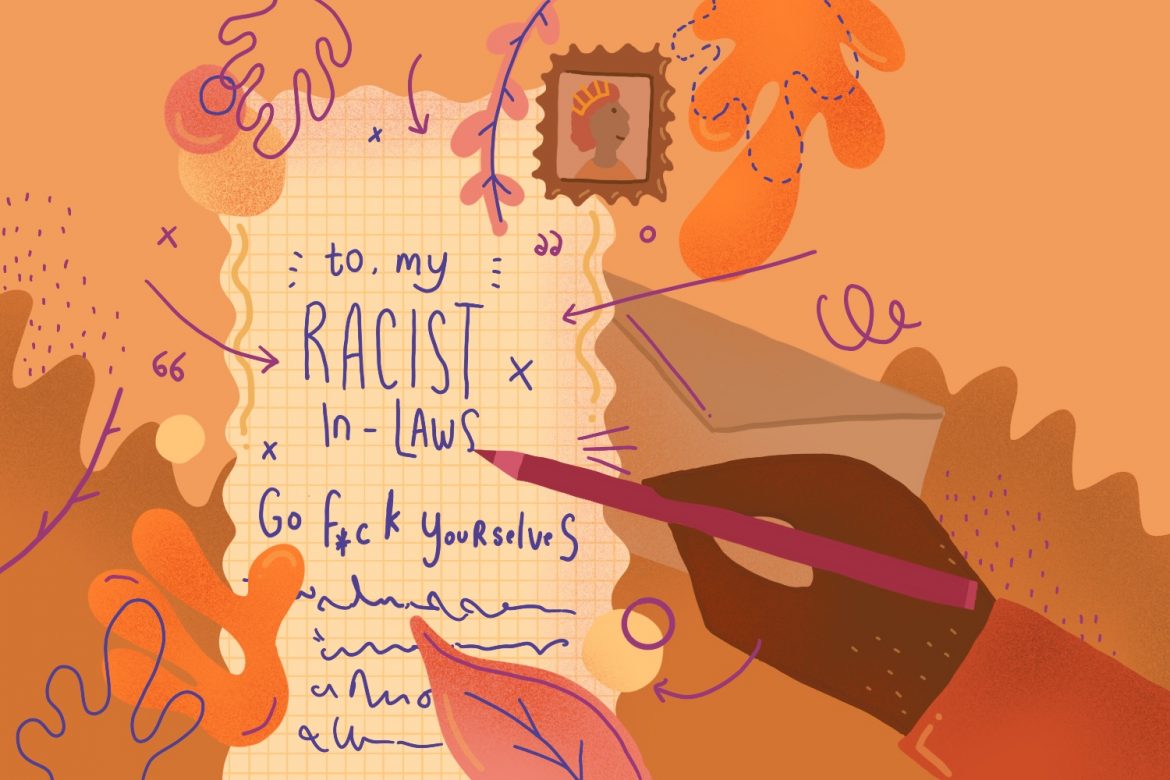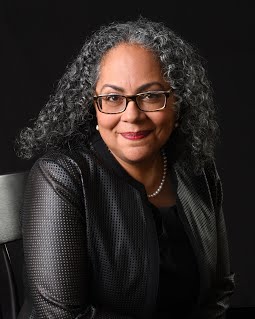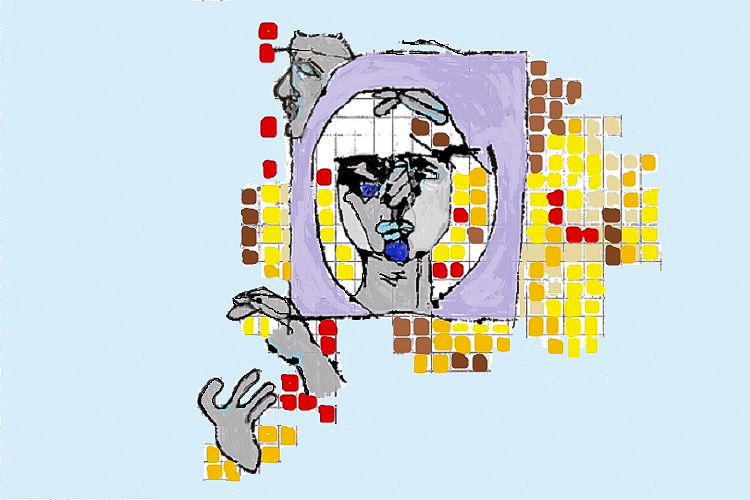In her new book, “White Identity Politics,” the Duke political scientist Ashley Jardina examines the increasing relevance of white identity in America. Drawing on data from American National Election Studies surveys and her own research, Jardina finds that about thirty to forty per cent of white Americans say that white identity is important to them, and she adds an interesting twist—that this group only partly overlaps with the group of white Americans who hold racist views. According to Jardina’s analysis, about thirty-eight per cent of white people who highly value their white identity are at or below the mean level of racial resentment, while forty-four per cent of white people who say their racial identity is less important are at or above that level. “For those invested in racial equality, this outcome should be of little comfort,” Jardina writes, of white Americans asserting their identity, with or without explicit racial resentment. In the past, she notes, when white people have been asked to share resources and power, they have not responded “by leveling the field; instead, they have expanded the scope of who is considered white, allowing the racial hierarchy to remain more firmly in place.”
Isaac Chotiner, “The Disturbing, Surprisingly Complex Relationship Between White Identity Politics and Racism,” The New Yorker, January 19, 2019. https://www.newyorker.com/news/the-new-yorker-interview/the-disturbing-surprisingly-complex-relationship-between-white-identity-politics-and-racism.








